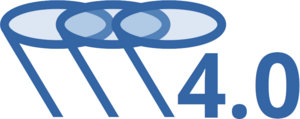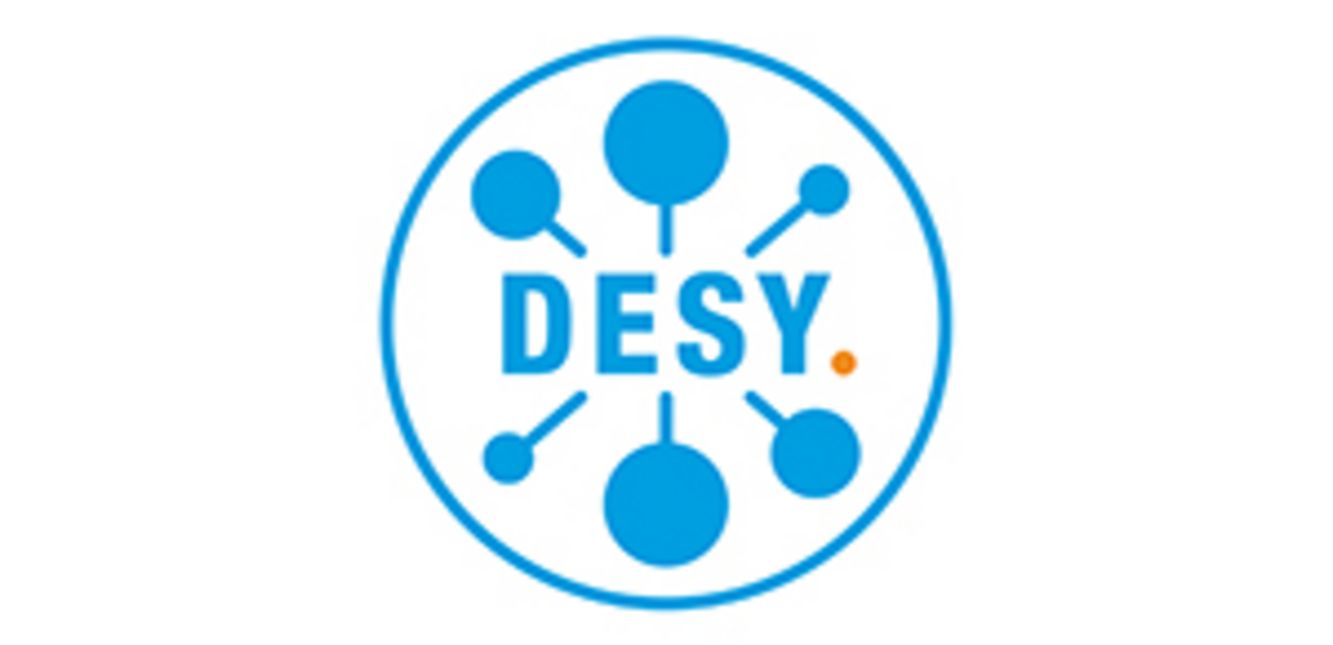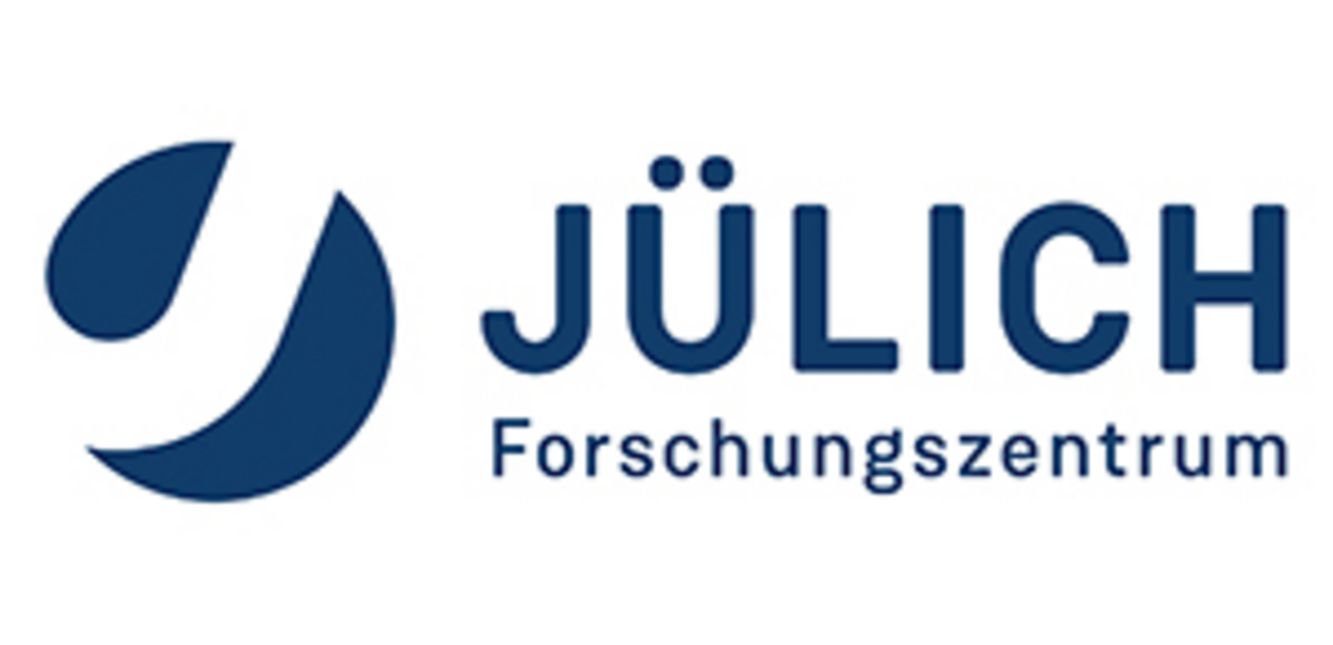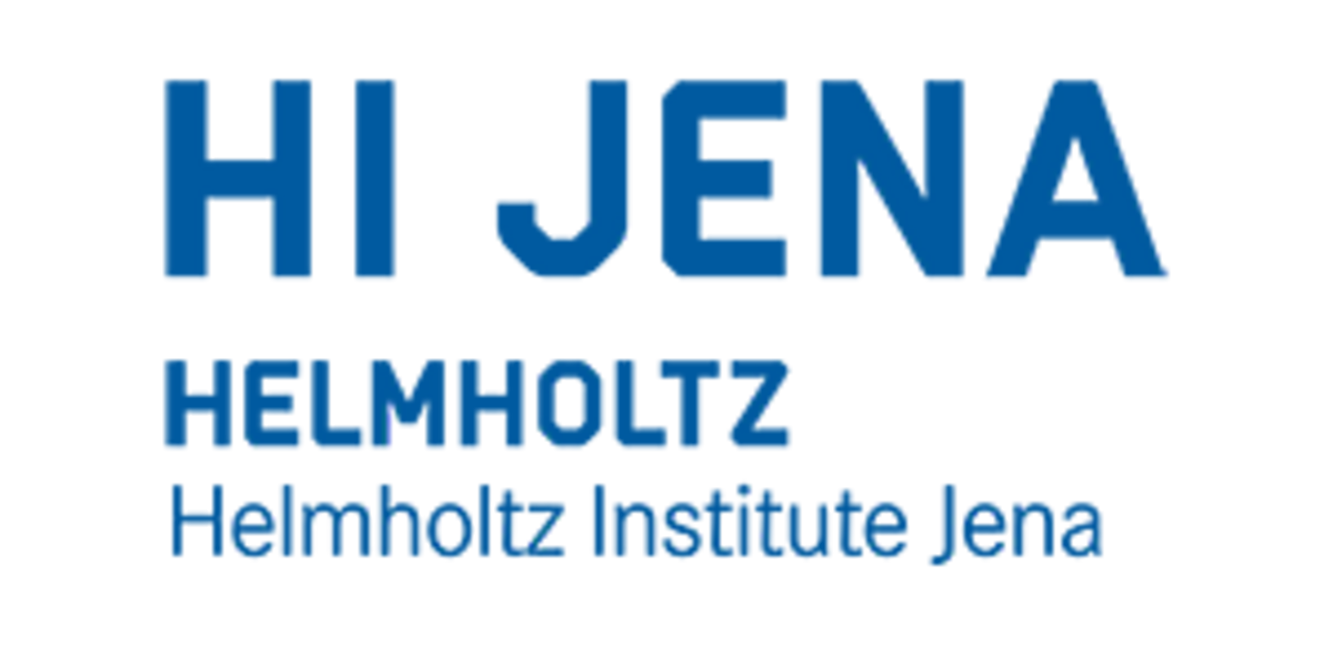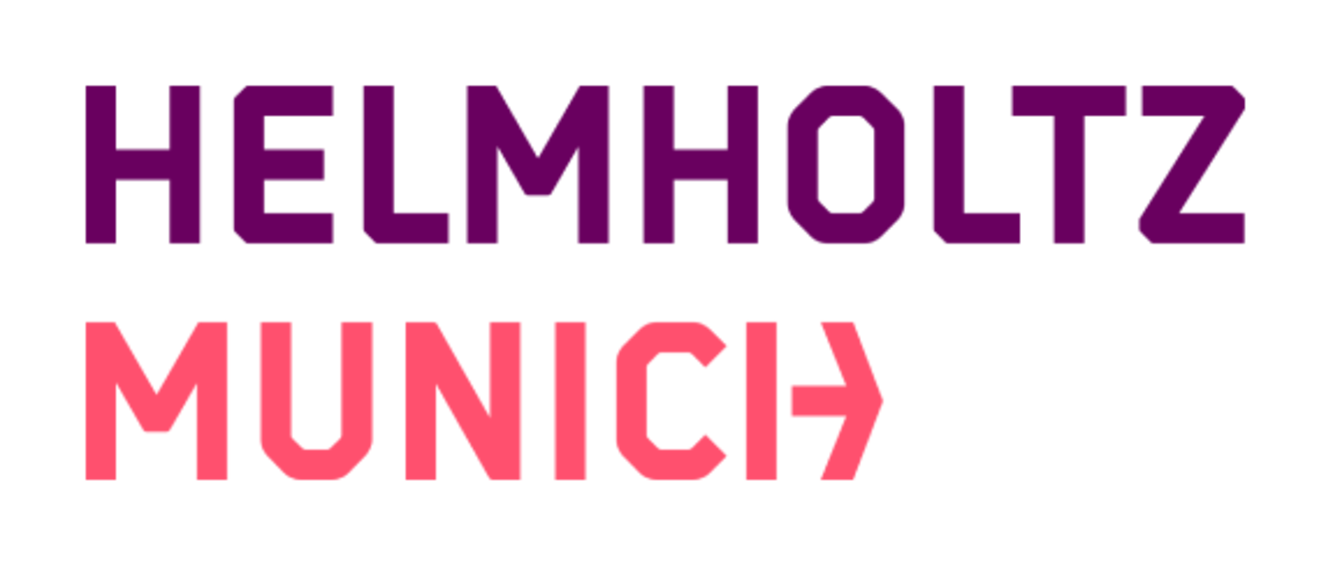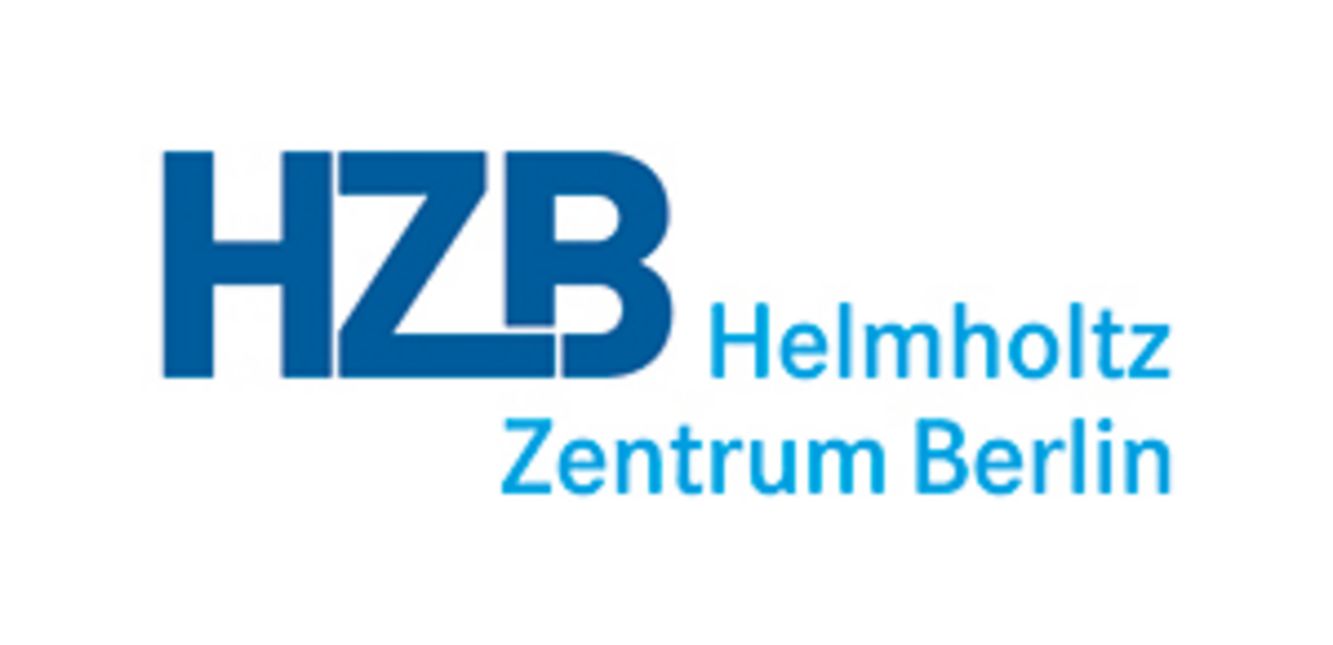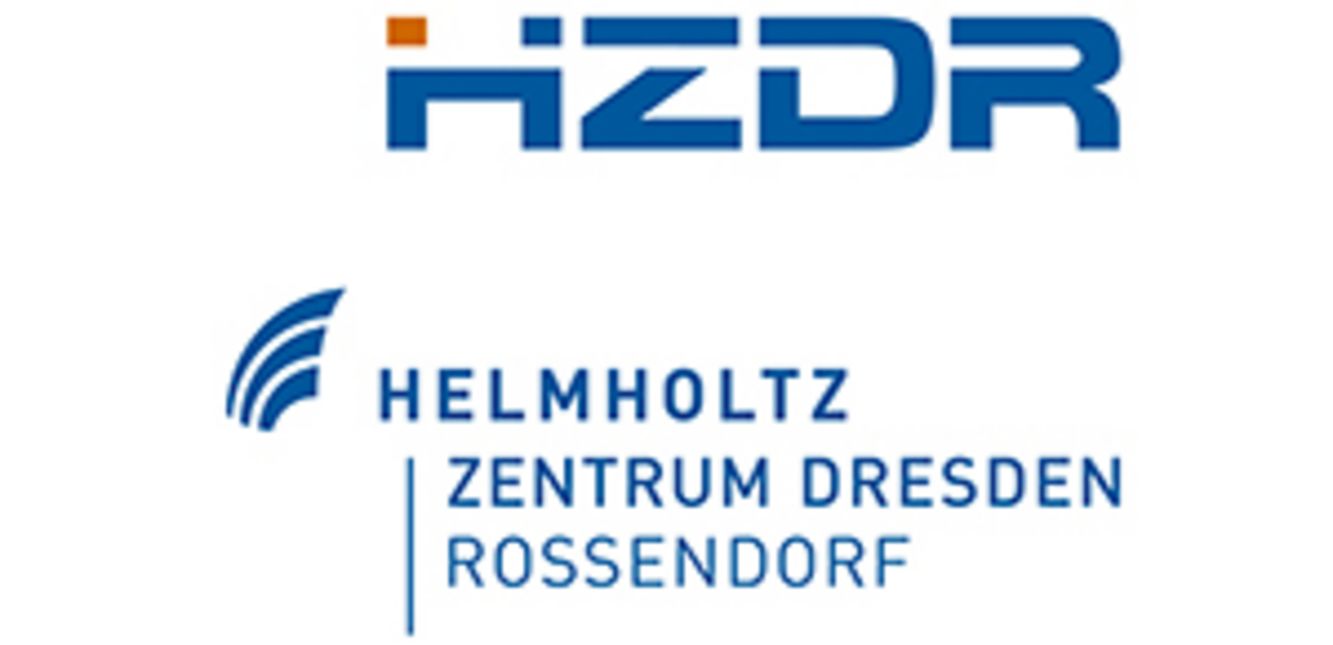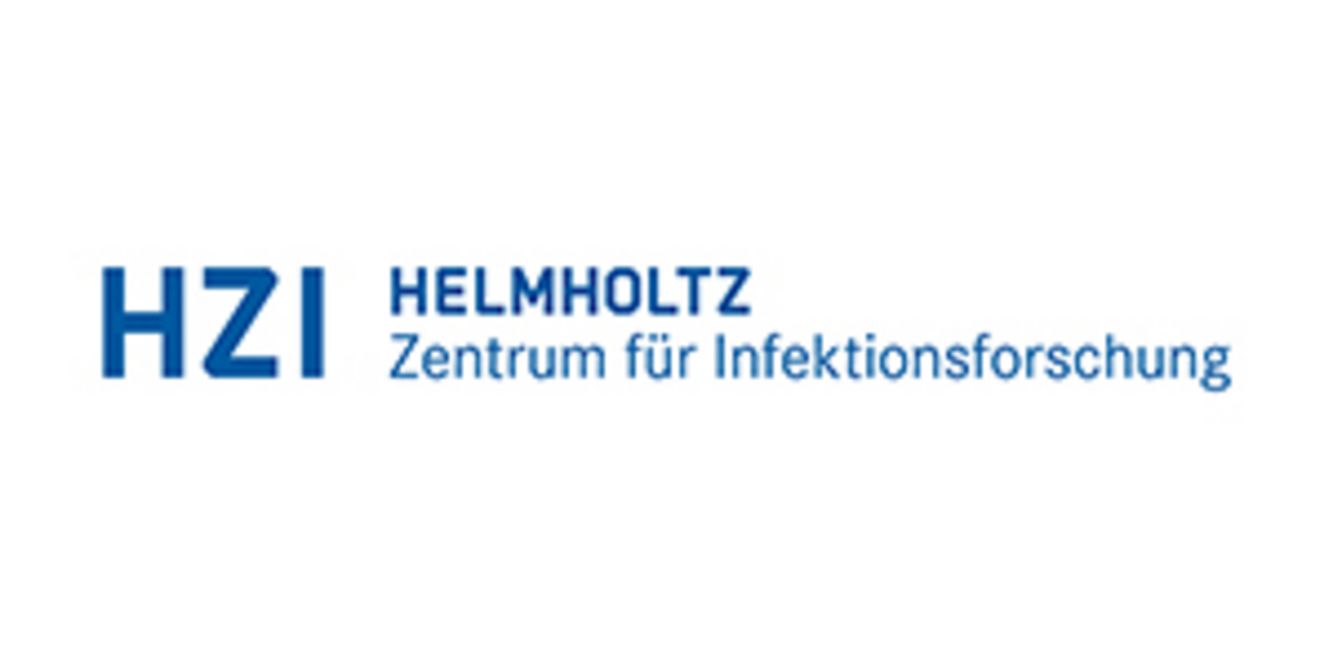About the project
Ptychography is a computational method to generate images on a typically very small scale based on a set of measured coherent interference patterns resulting from a modality using a translation invariant filter mask. Making use of the coherent information in all the measured patterns allows to computationally reconstruct the object of interest. Thus, in a nutshell, ptychographic reconstruction computes images from several measurements each of which provides information on part of the object. It is in this sense that ptychography is a way of making smart use of the data. Measuring diffraction patterns, ptychography allows what is called lensless imaging since no optics is required between the specimen and the image detector, thus allowing to overcome the spatial-resolution limit resulting from using optics.
While being furthest developed for X-ray microscopy, ptychography is not limited to such short wavelengths. Initially, Hoppe suggested ptychography for use with visible light and scanning transmission electron microscopy (STEM). Likewise, other sources such as extreme ultraviolet radiation (XUV) can also be used. Being a computational concept, the ptychographic approach can be transferred to various modes of microscopic imaging. With ultrafast cameras and aberration-corrected STEM being available, efficiently treating big data sets and enhancing reconstructions using new mathematical concepts are the remaining challenges to put electron ptychography into full practice. Its sensitivity to phase has the potential to cause a paradigm change in electron microscopy, in which not only the structure but physical properties of materials are probed directly. The goal of Ptychography 4.0 is to make such visions become a reality.
Ptychography 4.0 aims in transferring such promising results to other microscopic modalities, and thus establish ptychographic imaging as a standard technique for the broad spectrum of microscopic imaging modalities available at the Helmholtz Association. At the same time, Ptychography 4.0 will work towards optimizing resources by developing software libraries, exploiting synergies and include new algorithms.
Since ptychographic reconstruction is computationally intensive, the data has to be processed at facilities with sufficient computing power. Following the paradigm of Industry 4.0, data measurement, data processing and reconstruction of the image no longer need to be executed at the same place.
Work packages
WP1 – Basic Ptychographic Algorithms (HMGU, DESY, FZJ, GSI, HZDR, HZI)
WP2 – Experimental Setup for Ptychographic Imaging (HZB, DESY, FZJ, GSI, HZI)
WP3 – Software Architecture for Efficient Data Processing (HZDR, FZJ, HMGU, HZB, HZI)
WP 4 – Integration and Dissemination (HMGU, DESY, FZJ, GSI, HZB, HZDR, HZI)
Our objectives
(a) make use of new developments of algorithms for ptychographic reconstruction crossing boundaries of imaging modalities,
(b) provide new algorithms for pushing limits of existing modalities, and relieve existing limitations by making use of combining data driven with model driven approaches,
(c) enrich the portfolio of applications integrating complementary information from various imaging modalities, and
(d) leverage data processing pipelines in ptychographic imaging towards a professional, fully-automated level of maturity.
To achieve these goals, experts in microscopy at the Ernst-Ruska-Center, PETRA III, Helmholtz Zentrum Berlin, and the Helmholtz Institute Jena will join forces with data scientists at Helmholtz Zentrum Dresden-Rossendorf and Helmholtz Zentrum München.
Coordinators
- Prof. Dr. Christian Schroer (DESY)
- PD. Dr. Wolfgang zu Castell (HMGU)
Members
- Dr. Andreas Schropp, Deutsches Elektronen-Synchrotron (DESY)
- Prof. Dr. Knut Müller-Caspary Forschungszentrum Jülich (FZJ)
- Dr. Dieter Weber, Forschungszentrum Jülich (FZJ)
- Alexander Clausen, Forschungszentrum Jülich (FZJ)
- Dr. Arya Bangun, Forschungszentrum Jülich (FZJ)
- Dr. Jan Rothhardt, Helmholtz Institute Jena (GSI, HI-Jena))
- Dr. Frank Filbir, Helmholtz Zentrum München (HMGU)
- Dr. Nada Sissouno (Guest, TUM)
- Oleh Melnyk (HMGU)
- Patricia Römer (HMGU)
- Dr. Markus Wollgarten, Helmholtz-Zentrum Berlin (HZB)
- Dr. Robert Wendt (HZB)
- Dr. Michael Bussman,Helmholtz-Zentrum Dresden-Rossendorf (HZDR)
- Dr. Nico Hoffman, Helmholtz-Zentrum Dresden-Rossendorf (HZDR)
- Simeon Ehrig, Helmholtz-Zentrum Dresden-Rossendorf (HZDR)
- Prof. Dr. Michael Kolbe, Helmholtz-Zentrum für Infektionsforschung (HZI)
